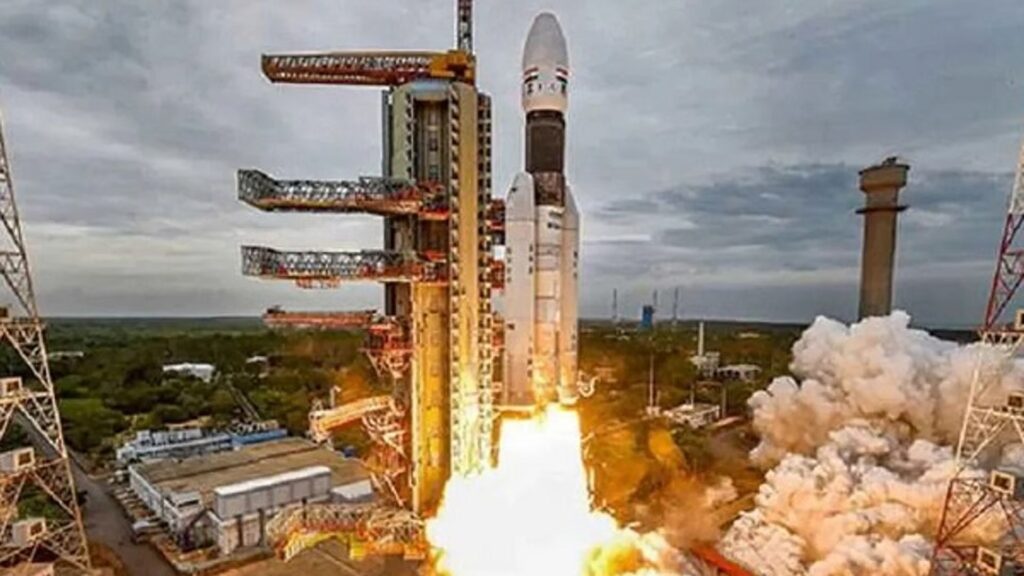
In a historic first for India’s space sector, defence public sector undertaking Hindustan Aeronautics Limited (HAL) has been awarded the complete technology transfer (ToT) to build and commercialise Indian rockets. This marks the first time the Indian Space Research Organisation (ISRO) has handed over full launch vehicle technology to an external entity.
The announcement was made on Friday by the Indian National Space Promotion and Authorisation Centre (IN-SPACe), which revealed that HAL secured the transfer of technology for the Small Satellite Launch Vehicle (SSLV) at a cost of ₹511 crore.
“This is a watershed moment in India’s commercial space journey,” said IN-SPACe Chairperson Pawan Goenka. “It signifies a new era where ISRO’s technological advancements are being leveraged by Indian industry to drive space-based commerce.” He added that HAL will now have the independent capability to build, own, and market SSLV launches.
Rigorous Selection Process
The decision follows a competitive bidding process initiated by ISRO in 2023, inviting private sector involvement in SSLV production. The move was inspired by international models such as NASA and the European Space Agency, which actively involve commercial partners in space operations.
Around 20 companies initially expressed interest, but the final race included three major contenders:
- Alpha Design Technologies, leading a consortium with Agnikul Cosmos and Walchand Industries
- Bharat Dynamics Limited (BDL), heading a consortium with Skyroot Aerospace, Keltron, and BHEL
- Hindustan Aeronautics Ltd (HAL), which submitted a standalone bid
HAL eventually emerged as the preferred choice for the prestigious ToT.
Two-Year Timeline for Technology Absorption
IN-SPACe Technical Director Rajeev Jyoti emphasized that the process will involve close collaboration between ISRO and HAL. “Given the complexity of launch vehicle systems, ISRO will provide extensive training and handholding to HAL at both organisations’ facilities,” Jyoti said.
The goal is to enable the launch of two SSLVs within two years from the signing of the agreement.
Inside the SSLV: A Rocket for the New Age
The SSLV is a compact, three-stage rocket designed to meet the growing demand for small satellite launches. All three propulsion stages use solid fuel, while the terminal stage—known as the Velocity Trimming Module (VTM)—uses liquid propulsion. The VTM fine-tunes the rocket’s speed and ensures precise payload deployment.
With a lift-off mass of 120 tonnes, SSLV stands 34 metres tall and has a diameter of 2.1 metres. It can deliver payloads up to 500 kilograms into low-Earth orbit (LEO) and up to 300 kilograms into sun-synchronous orbit (SSO).
One of the SSLV’s standout features is its “launch-on-demand” capability. This rapid response system allows it to be ready for liftoff in under 24 hours, requiring minimal ground infrastructure and launch pad time. The rocket can handle single or multiple payloads, including nanosatellites, microsatellites, and minisatellites, making it an ideal platform for commercial, defence, and academic missions.
A Strategic Leap in Indian Space Commercialisation
Unlike earlier generations of Indian launch vehicles—such as SLV-3, ASLV, PSLV, GSLV, and GSLV Mk III—which were developed for national strategic and developmental purposes, the SSLV is tailored for cost-effective, high-frequency launches in the emerging global small satellite market.
By transferring SSLV technology to HAL, ISRO aims to strengthen India’s position in the global space economy and encourage industrial-scale production of launch vehicles. The initiative also aligns with the government’s broader push to boost private participation in the space sector through policy reforms and commercial engagement.
This milestone could pave the way for more technology transfers in the future, potentially opening new avenues for collaboration between ISRO and Indian industry.






